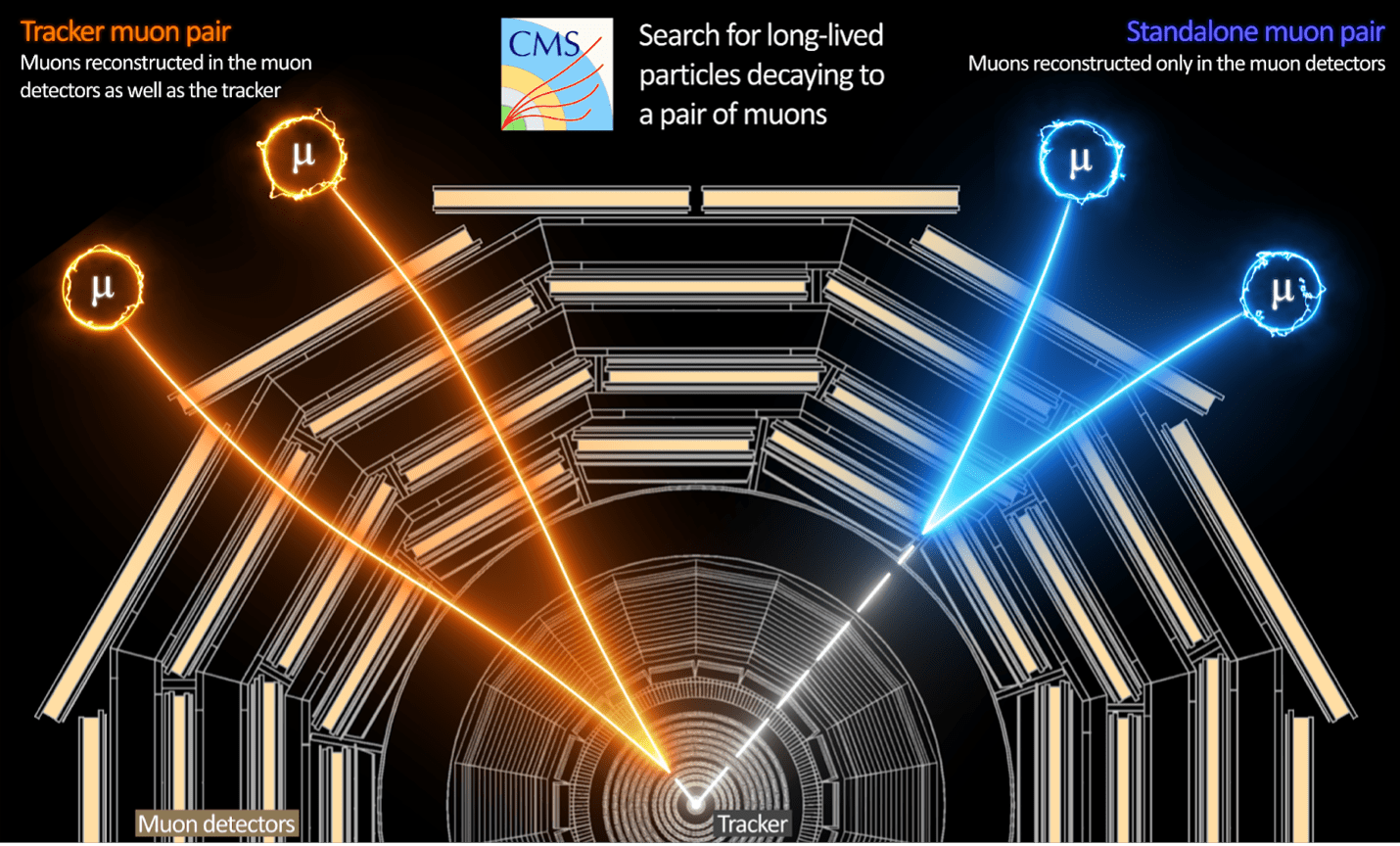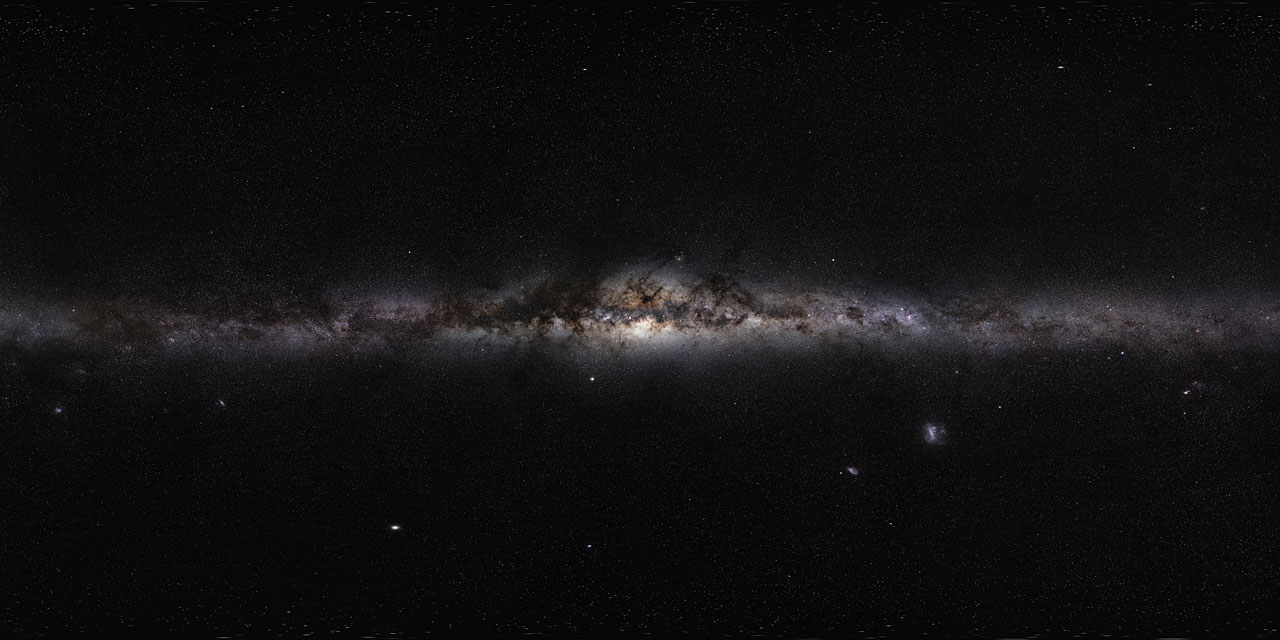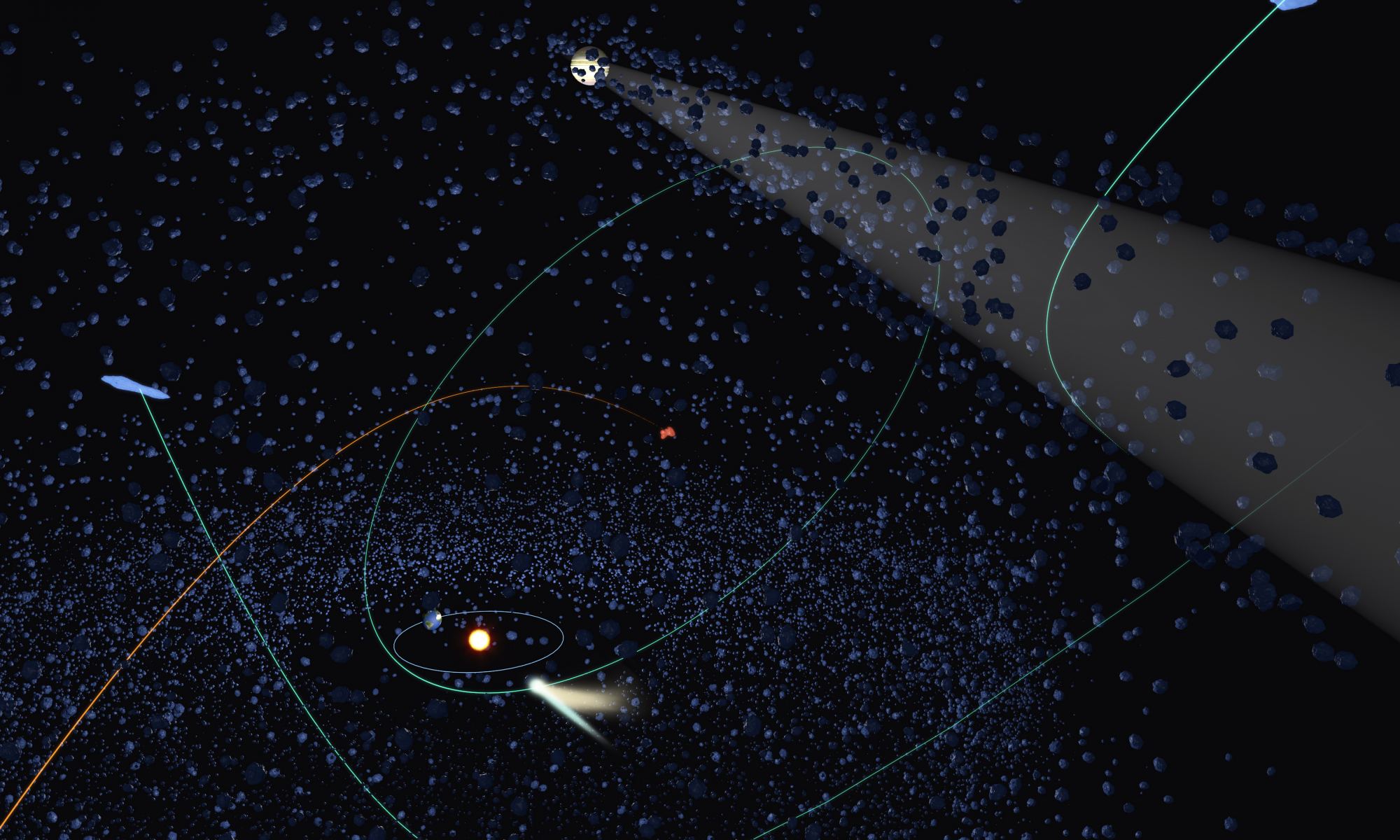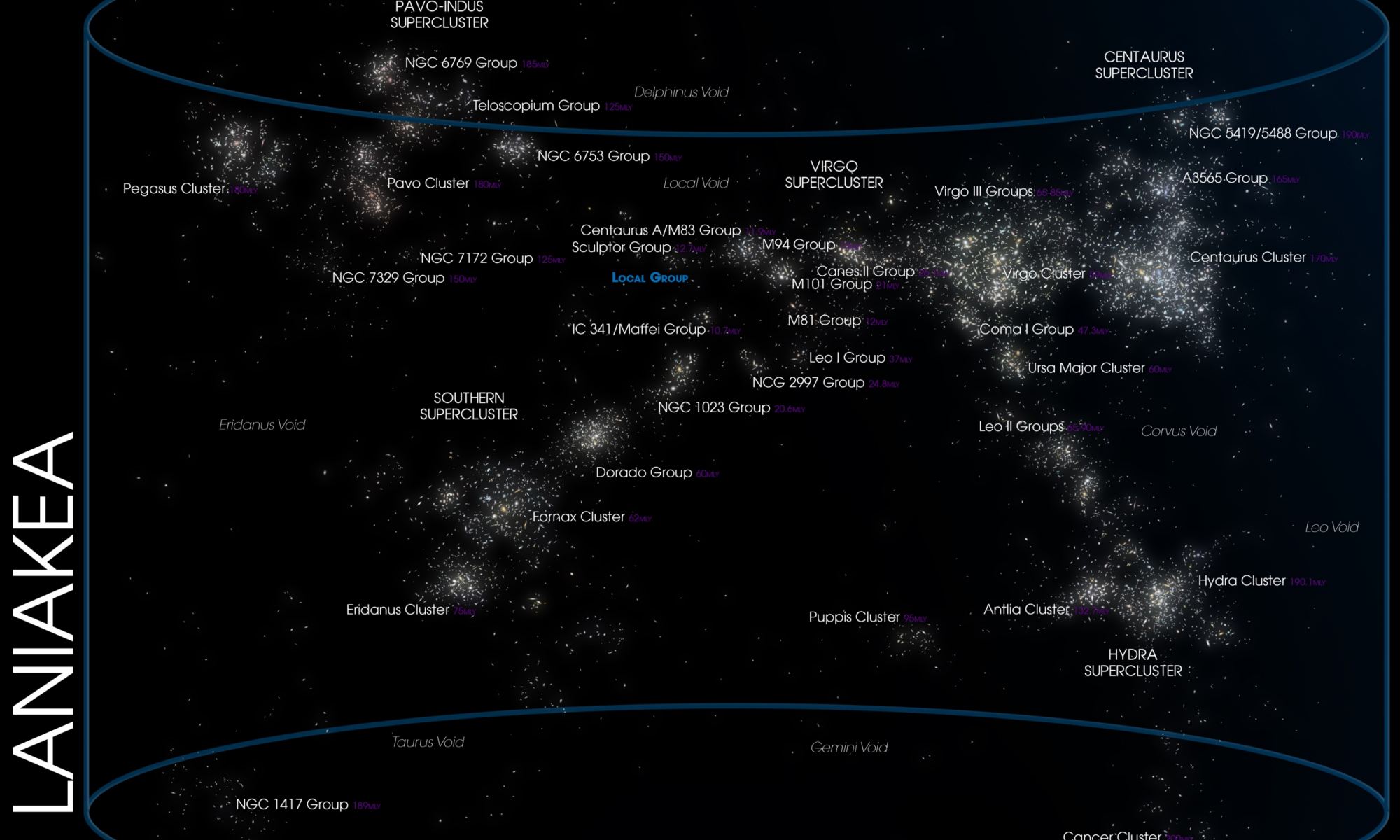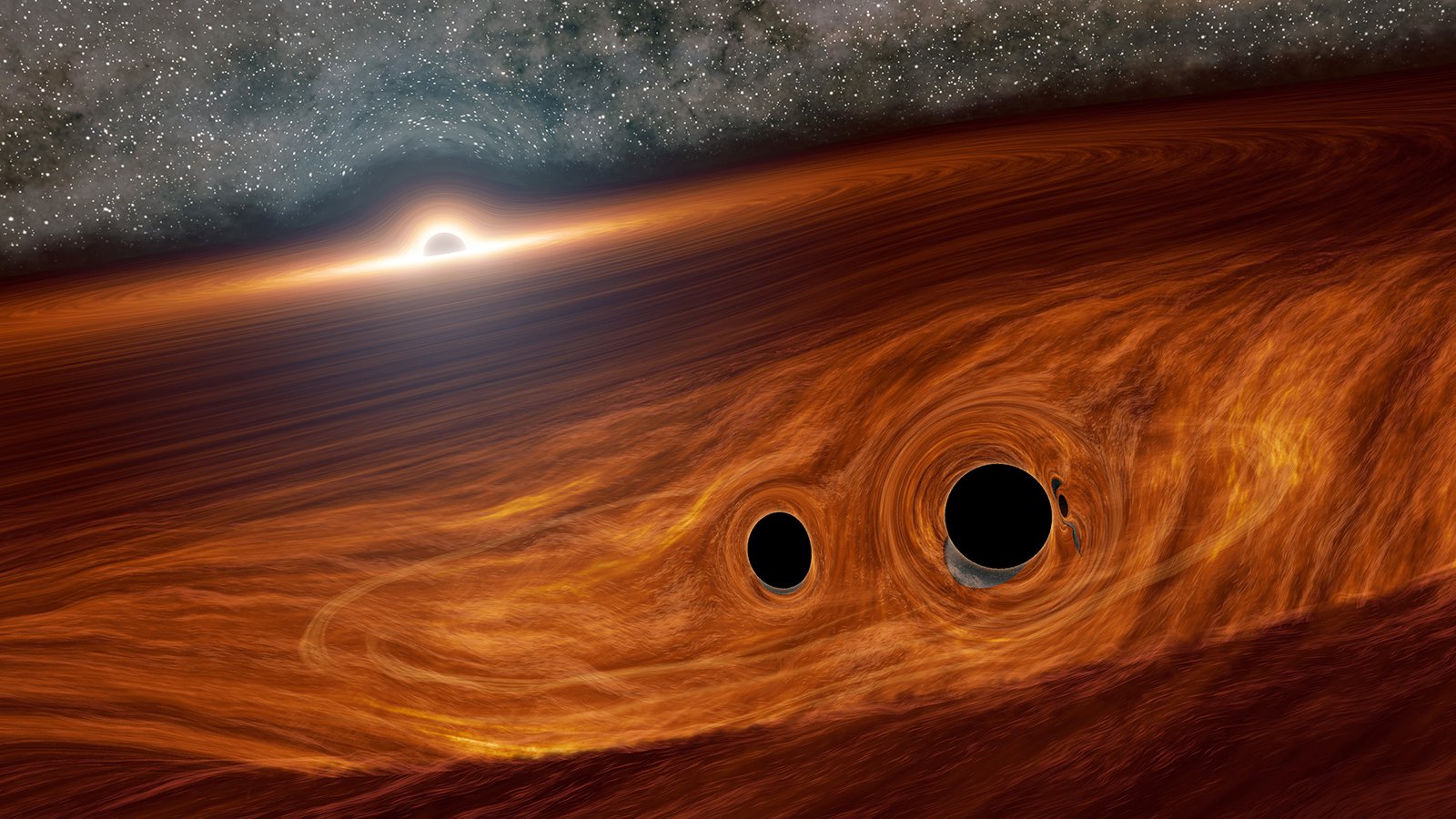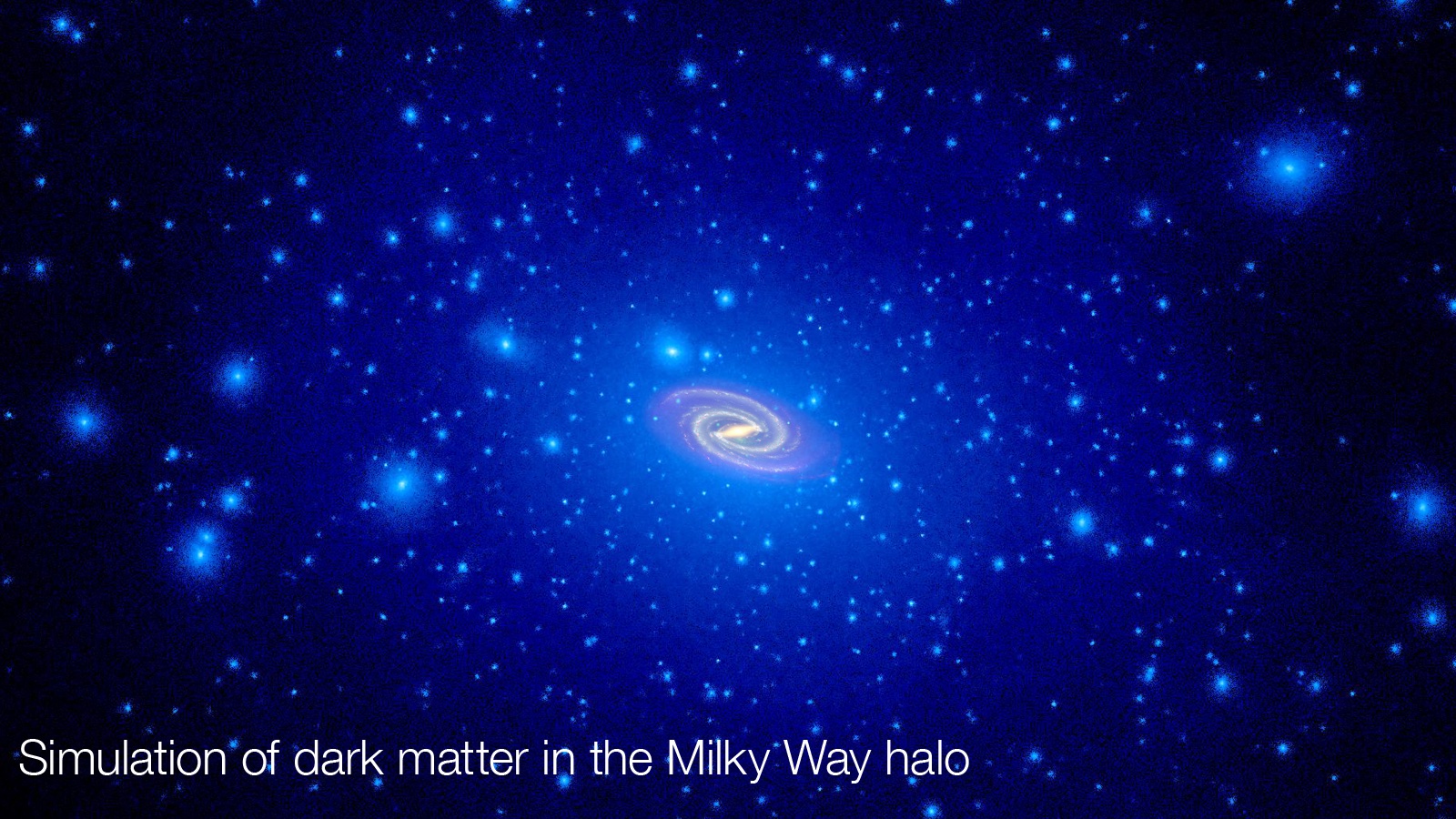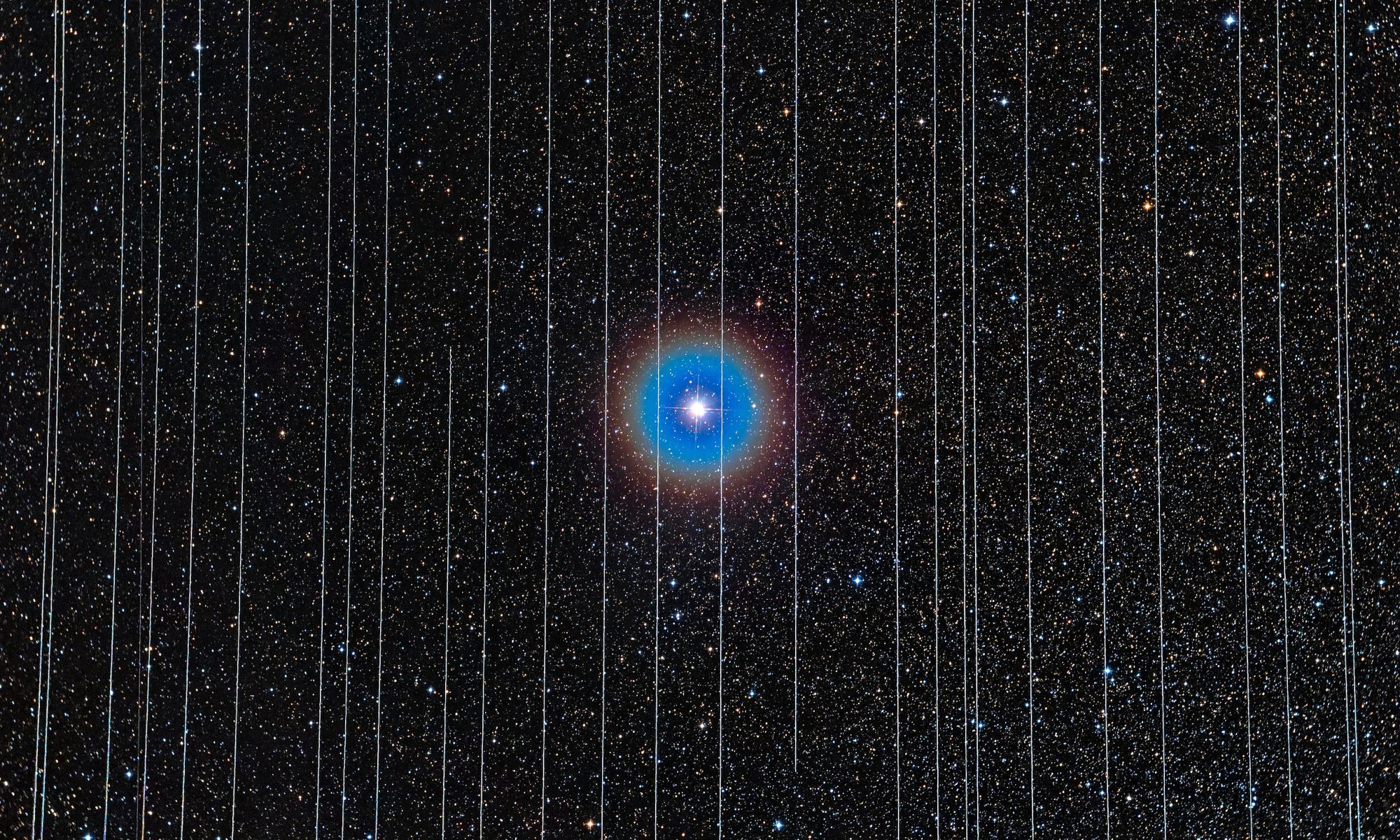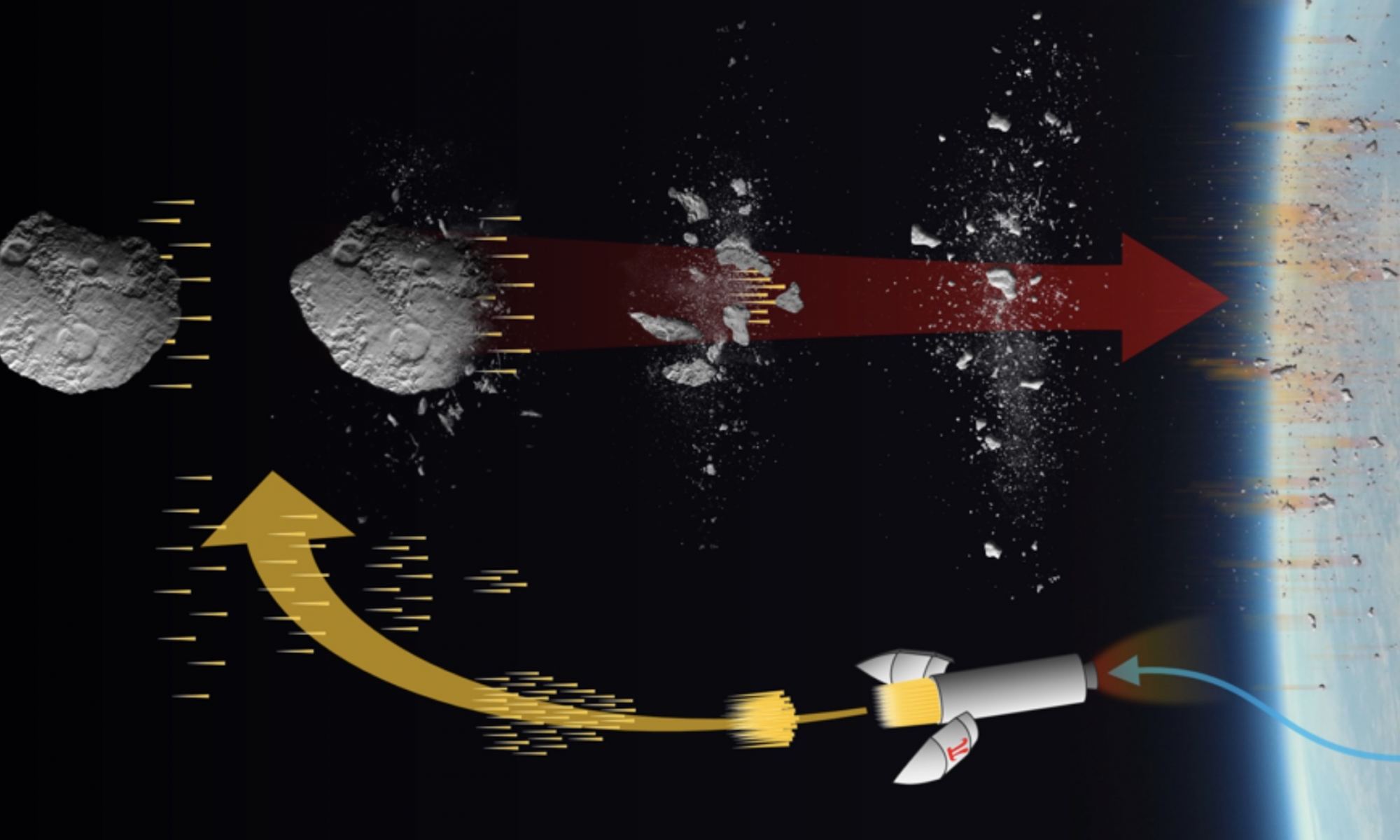When galaxies collide, their supermassive black holes enter into a gravitational dance, gradually orbiting each other ever closer until eventually…merging. We know they merge because we see the gravitational beasts that result, and we have detected the gravitational waves they emit as they inspiral. But the details of their final consummation remain a mystery. Now a new paper suggests part of that mystery can be solved with a bit of dark matter.
Continue reading “Dark Matter Could Help Solve the Final Parsec Problem of Black Holes”Dark Matter Could Help Solve the Final Parsec Problem of Black Holes


